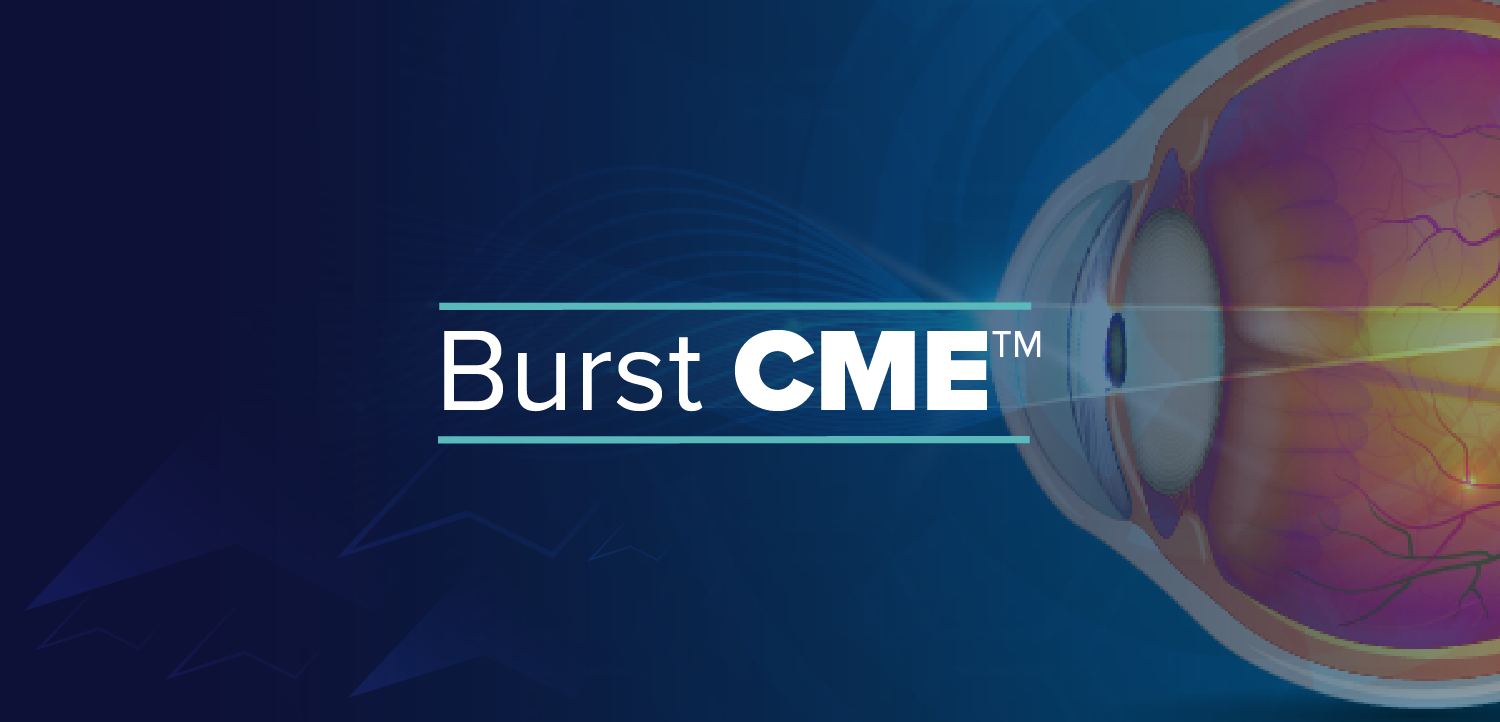Treating MGD and evaporative dry eye
Evaluation of a new system
In a recent study,1 Dr Cati Albou-Ganem (Centre National d'Ophthalmologie des Quinze-Vingts, Paris, France) and Dr R. Amar evaluated a new system (LipiFlow, TearScience, Morrisville, North Carolina, USA) to treat patients with meibomian gland dysfunction (MGD) and evaporative dry eye. "I was very interested by the performance of the diagnostic platform and thought that our dry eye patients desperately needed a solution for their problem," she said.
Evaluating a new system
"We selected patients using the SPEED (Standard Patient Evaluation of Eye Dryness) questionnaire," explained Dr Albou-Ganem. "This questionnaire allows the patient to describe their symptoms easily." All patients studied were suffering from dry eye without any surgical impact and any patient that had a score higher than 6 (out of 28) from the questionnaire were selected to have the lipid layer of their eyes analysed.
"First, the LipiView (TearScience) exam allowed us to measure the lipid layer thickness," continued Dr Albou-Ganem. It has been demonstrated that a thin lipid layer (below 70 nm) is correlated to the symptoms of dry eye, she noted.
"When the lipid layer was below 70 we analysed the functionality of the meibomian glands using the Meibomian Gland Evaluator (MGE)," she said. "The MGE allows us to apply a constant force to the lid, mimicking the force of a deliberate blink. Therefore, we can observe the secretions expressed at each blink. For the first time, we were able to reproducibly look at secretions."
If the number of meibomian glands capable of secreting clear and liquid lipids was below 5 (out of 15 that were observed), Dr Albou-Ganem and Dr Amar confirmed diagnosis that the patient was experiencing evaporative dry eye as a result of MGD. A direct correlation between the number of functioning glands and the symptoms of dry eye has also been previously demonstrated.2,3
LipiFlow treatment
Once the patient had been confirmed as having evaporative dry eye as a result of MGD, the team used the LipiFlow treatment, which has been designed to unblock the meibomian glands and restore their function. "This system applies a constant heat to the posterior face of the lids during 12 minutes and a series of pulsations on the outer face of the lids in order to massage them," added Dr Albou-Ganem.
"By applying the right temperature and a moderate pressure, it is not painful for the patients and very efficient," she continued. "Post-treatment we could observe a significant improvement in the gland function."
Application of a constant temperature is also important, she explained as a temperature of 42.5 °C is necessary to liquefy the secretions that block the glands. "It is important to note that this temperature is not only applied to the lid margin but to the whole surface of the posterior lids, unblocking the glands in their depth," Dr Albou-Ganem asserted.
Newsletter
Get the essential updates shaping the future of pharma manufacturing and compliance—subscribe today to Pharmaceutical Technology and never miss a breakthrough.












































